
Traditional Furniture & Decor
There is no greater thrill for an adult individual than to acquire their own “space.” This can occur in a multitude of ways such as purchasing or renting your first home or apartment or by opening a business or obtaining an office which needs furnishing. The excitement of independence and life progression makes this a momentous occasion never to be forgotten. With this excitement comes responsibility and increased decision making. One important, and exciting, decision that a home owner or lessee must make is regarding furniture and household decor. Beyond choosing the desired aesthetic vision for the home, a person must also choose what kind and quality of furniture to purchase. Many new homeowners, or space holders, make the sordid choice to purchase “fast” furniture. Said furniture is typically mass produced and lower in quality. It is usually purchased in a large retail store, brought home in a box, and self assembled. Sadly, many find themselves quickly regretting this decision as they find their purchases do not have the lasting attributes desired. This leaves them with products that are lacking in design, quality, and functionality. Though it may take more time, professionals recommend first time buyers to opt for a higher quality product, even if this means buying less at that time.
How to determine if furniture is high quality
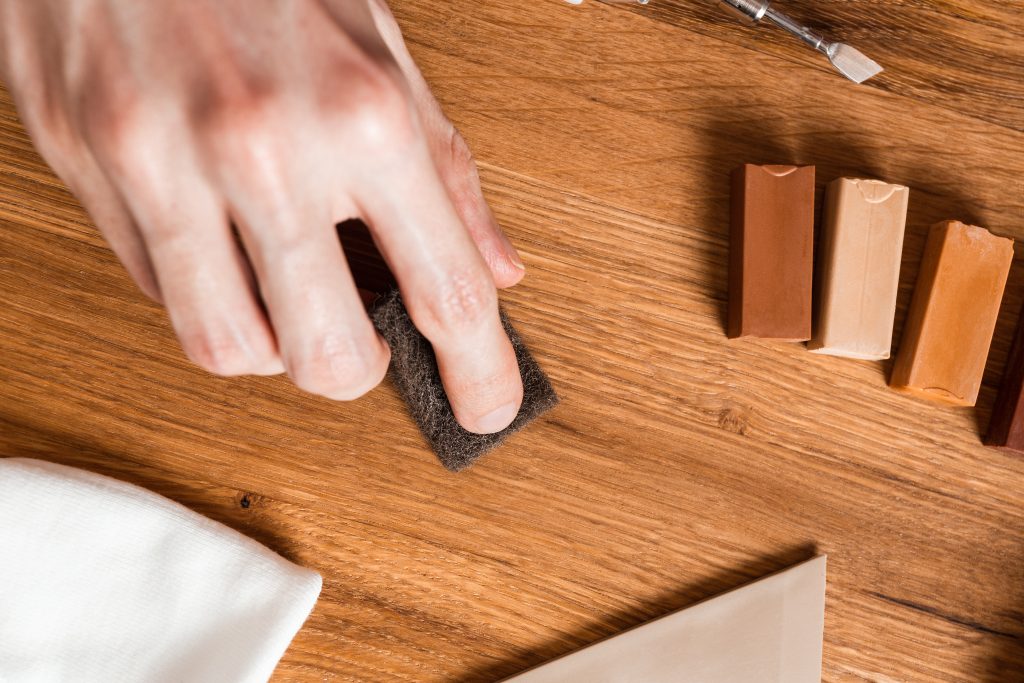
When looking to purchase furniture there are several attributes you can look for to ensure you are purchasing a quality, well-made piece of furniture. These range from physical examinations to interior considerations to aesthetic reviews. The first thing you should do is quite intuitive, but worth the mention; physically inspect the item. Check to see if the piece of furniture is stable, sturdy, and without major flaws or blemishes. Many times “fast” furniture will be made of plastic or laminate and will lack the heavy, sturdy feel that is desired by many. Instead purchasing an item that is sturdy and structurally sound will allow the consumer to know that this piece of furniture will be long-lasting and low maintenance. This will in turn give the purchaser many future years of enjoyment.
A second tip of inspection is to determine what the furniture is made out of. It is wise to avoid furniture that is made out of particle board, laminate, and plastic based items as this is a tale tale sign that it will not be a long lasting purchase. Instead, look for an item that is made out of veneer or real wood. This will not only allow you to have a product that looks nice and will likely last for many years to come, but it will also give the purchaser the ability to refinish the item in the future if desired. As we know styles and home design is an ever-evolving field. However, if you make the initial investment into real wood, or veneer, furniture, then you will have the ability to more easily refinish it if desired.
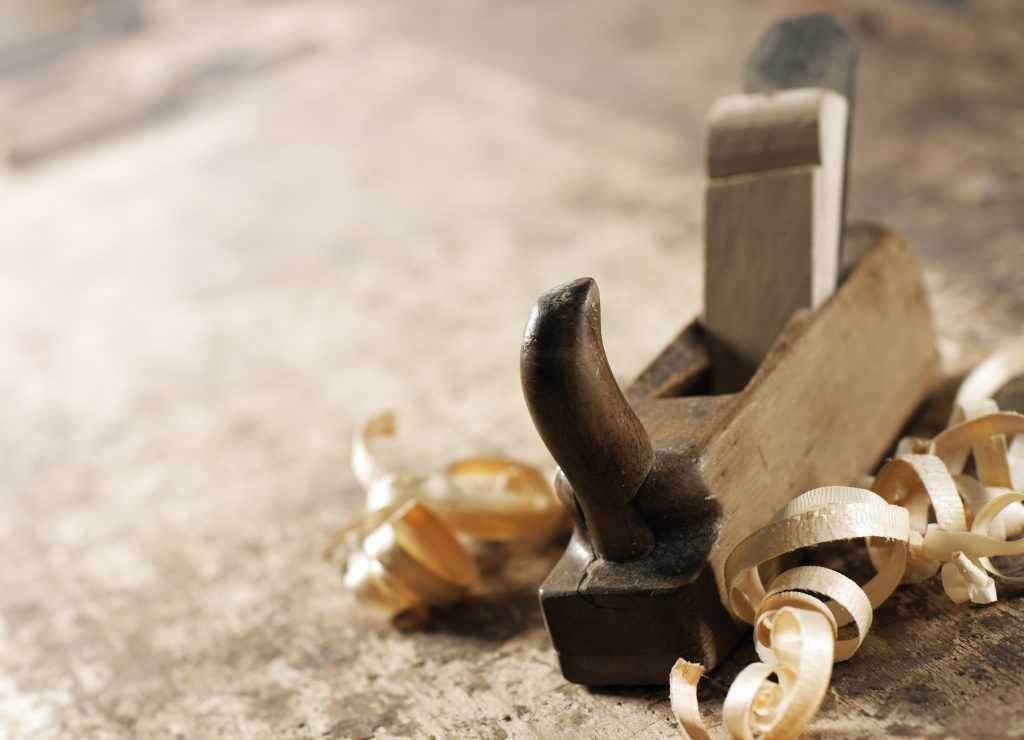
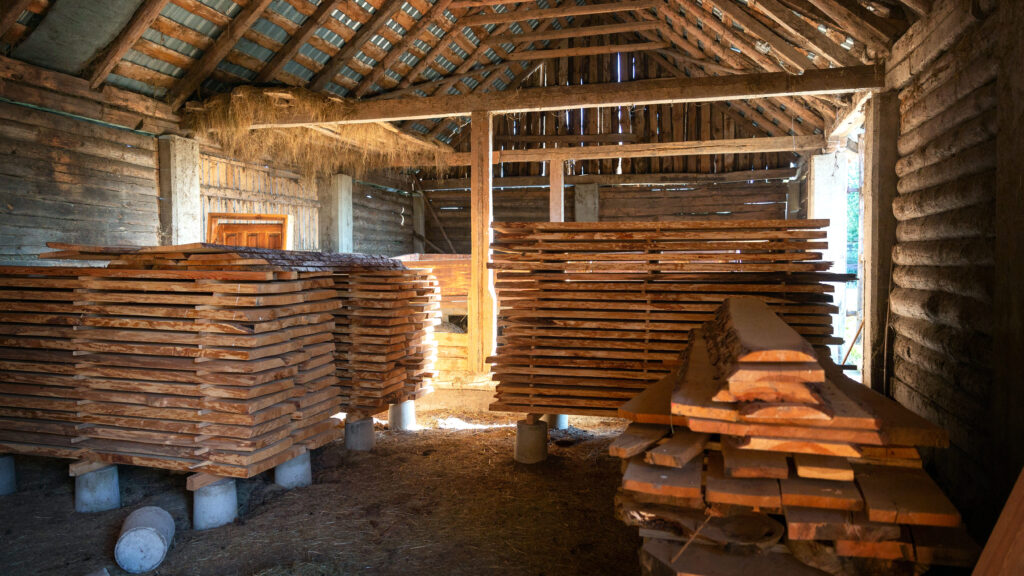
A third point to consider is how heavy or light the item is. If you are able to easily move or lift what should be a substantially weighted piece of furniture, that is a clear sign that this is not a quality purchase. Instead, items made from real wood will be heavier, more dense items that require assistance when moving. This rings true for fabric items as well. If the fabric appears easily wrinkled, and the cushion and/or pillows appear lightly weighted, they are likely made using a sub par exterior fabric with an interior designed from foam. Instead, opt for the thicker, more substantial fabric and down interior which will look nicer and endure longer.
A fourth tip to consider is to inspect the overall construction of the item. This will include the joints, maneuverability, and finish of the product. Notably, when looking at a piece of furniture, an easy way to identify high quality versus low quality is to take a look at the joints. You want to avoid glue and staples, instead opting for dovetail and mortise and tenon joints. These are commonly used in higher end furniture and are usually a sign of a good purchase. As basic as this sounds, the item should also function well for its intended purpose. If you are purchasing items with drawers, they should easily open and close. If you are struggling to do either, or find the drawers going off track easily, this item should be avoided as it has classic signs of being low quality furniture. Finally, be sure to closely inspect the finish of your furniture. Not only does the finish of wood furniture affect the appearance of the item, but it affects the overall durability.

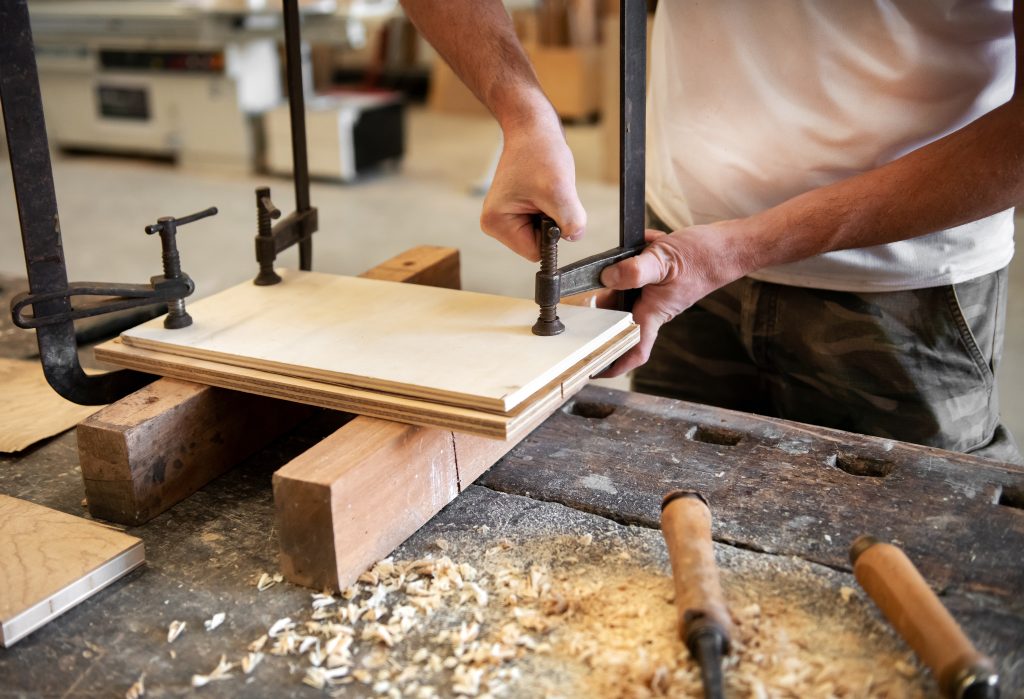
A fifth tip to remember is you get what you pay for. This age-old adage is exceptionally applicable in this situation. Traditional, quality furniture will cost more money than the tempting “fast” furniture that comes with a substantially lower price tag. When starting out most, if not everyone, is on the same budgeted “foot.” Many understand the struggle of having to adhere to a budget when purchasing furniture. However, if you consider the years of use you will get out of the purchased item, you will find that quality furniture will always make for the better buy. Stick to the budget, buy less, and minimize until you are able to purchase more. This will allow you to furnish your home with quality, lasting pieces of furniture that you will be able to use for considerably longer.
A final point of consideration is to know your stuff. Take the time before going to purchase items and research the difference. Know the terms and what to look for in quality furniture. Understand the differences in craftsmanship, materials used to create the product, and the finishes. This will allow you to have more than just a cursory examination of furniture, but rather the ability to read the description provided and understand the quality of the product on a deeper, more expert level.
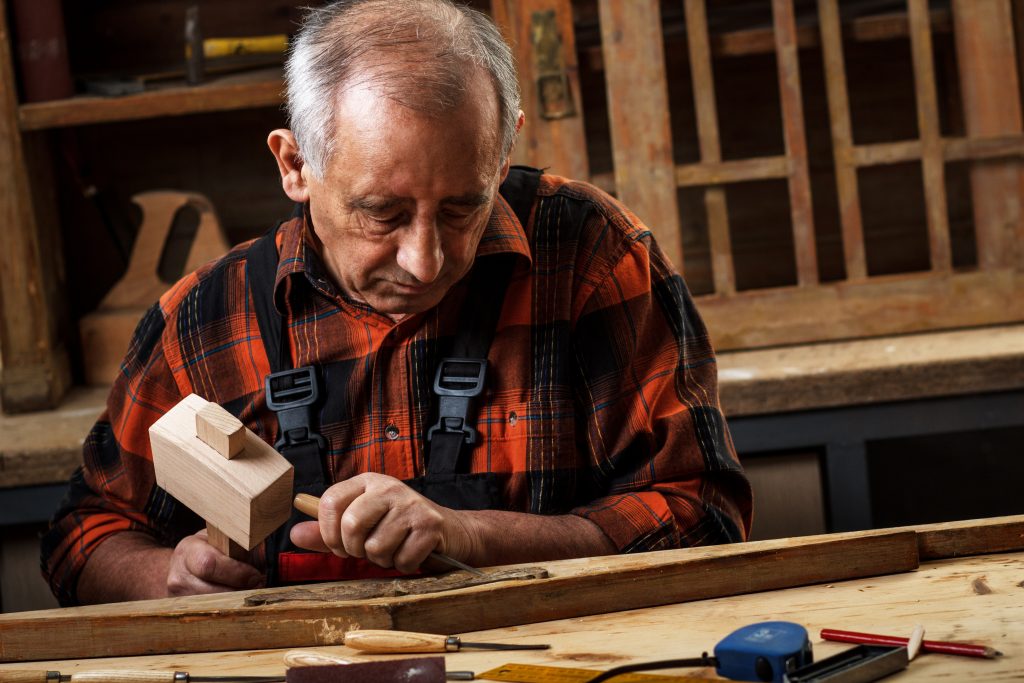
Pros of traditional, high-quality furniture

One of the most obvious reasons to invest in high quality furniture is that you will be able to use and maintain your items for a much longer time period. High quality furniture can be expected to last for decades, if not centuries hence the phrase “heirloom furniture.” Not only will you get a longer use out of the item, but you will inevitably save money by not having to replace furniture as often as you would if you were to purchase lower quality “fast” furniture.
Another reason to invest in high quality furniture is more superficial, but still important; nicer furniture is more aesthetically pleasing. It goes without saying that opting for the nicer furniture will result in a more eye pleasing environment. It is far easier to piece together a design friendly room with higher quality furniture than to attempt to compile an area filled with low end items. Simply put, the level of quality is visibly obvious.

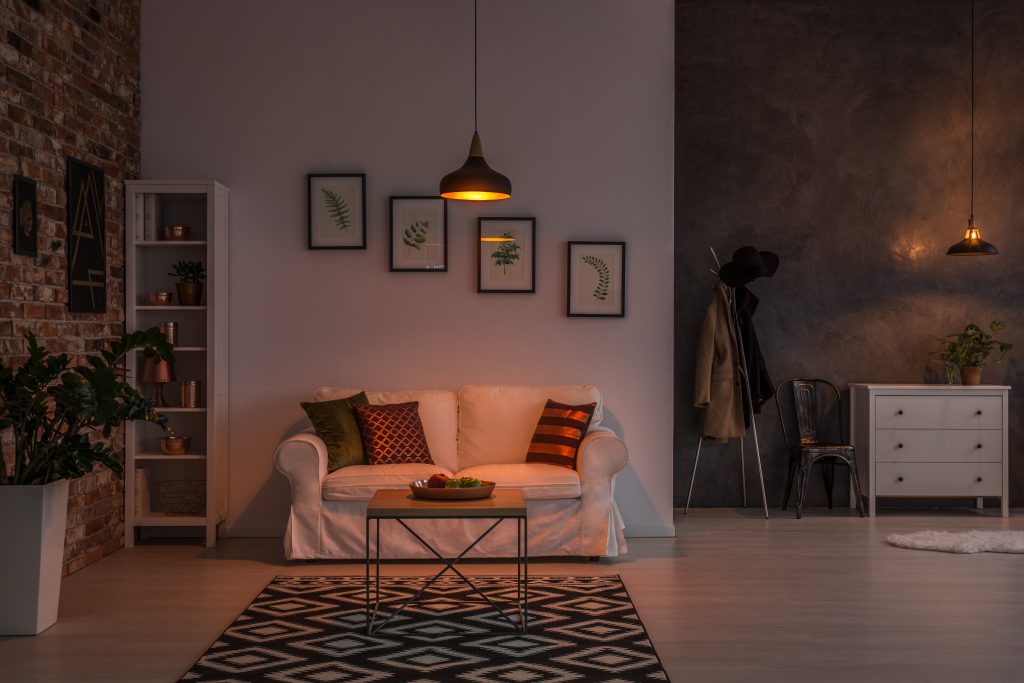
A third reason to invest in nicer furniture is that the overall use will be more enjoyable. The frame, type of fabric, and material used for the cushions all impact the comfort level of a couch. Higher quality materials result in a more comfortable and enjoyable product. Beyond the basic “feeling” of comfort, furniture that is well made will also lend to a greater level of physical support which is important for the health of the user. A perfect example can be found in a couch or chair. Lower end couches and chairs are likely to begin wobbling or sagging far quicker than their more expensive counterparts leaving the user without the necessary support.
A final reason one should make the initial investment into more traditional, higher quality furniture is that you are more apt to get what you truly want. Many times people will sacrifice true preference in order to get more for less. While this is initially enticing, people will not be as satisfied long-term with this choice. Instead, opting for a higher quality piece of furniture that is well made will allow them to get exactly what they are looking for instead of the limited one-size-fits-all options afforded with “fast” furniture.
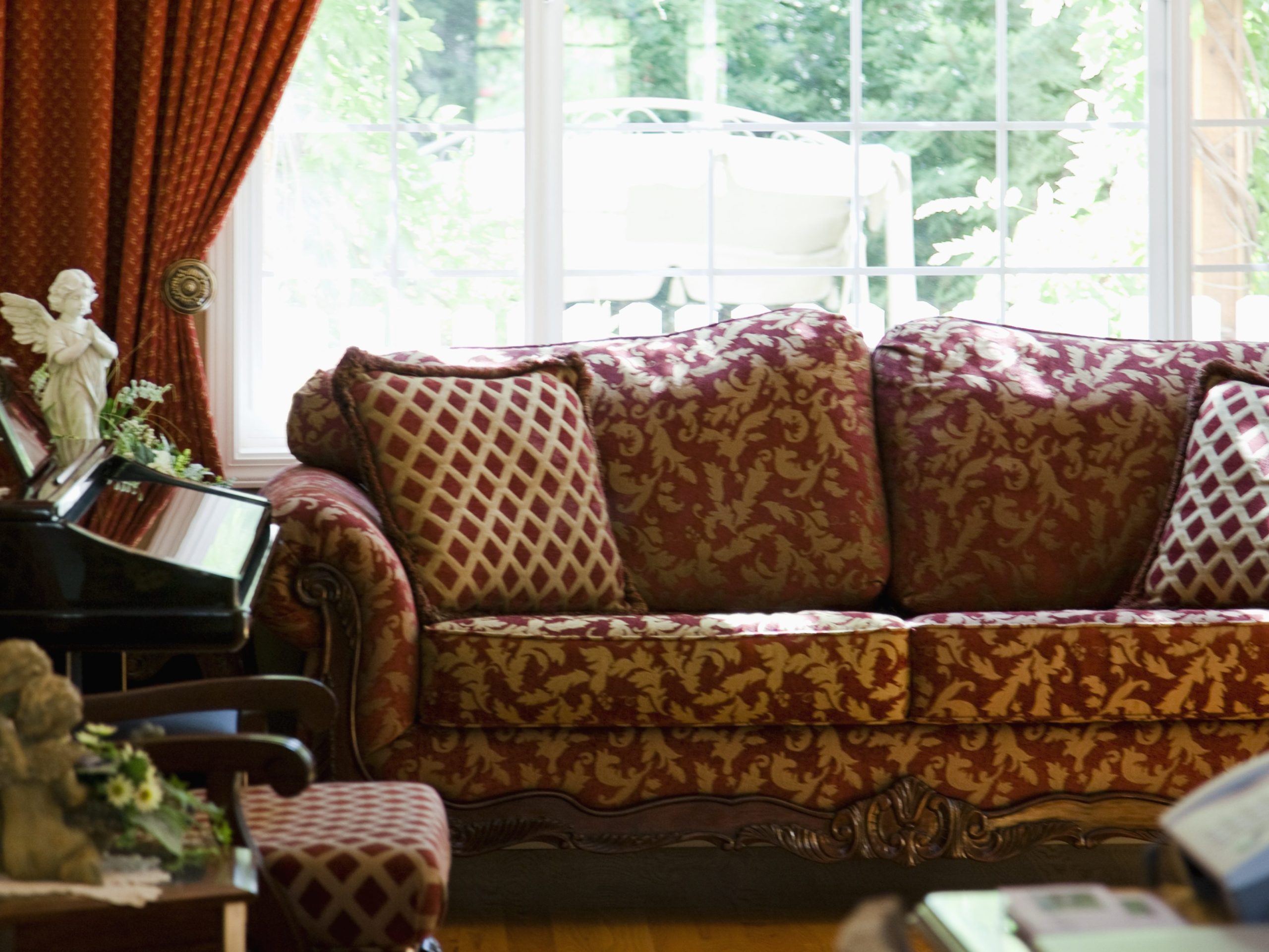
Pros of traditional, high-quality furniture
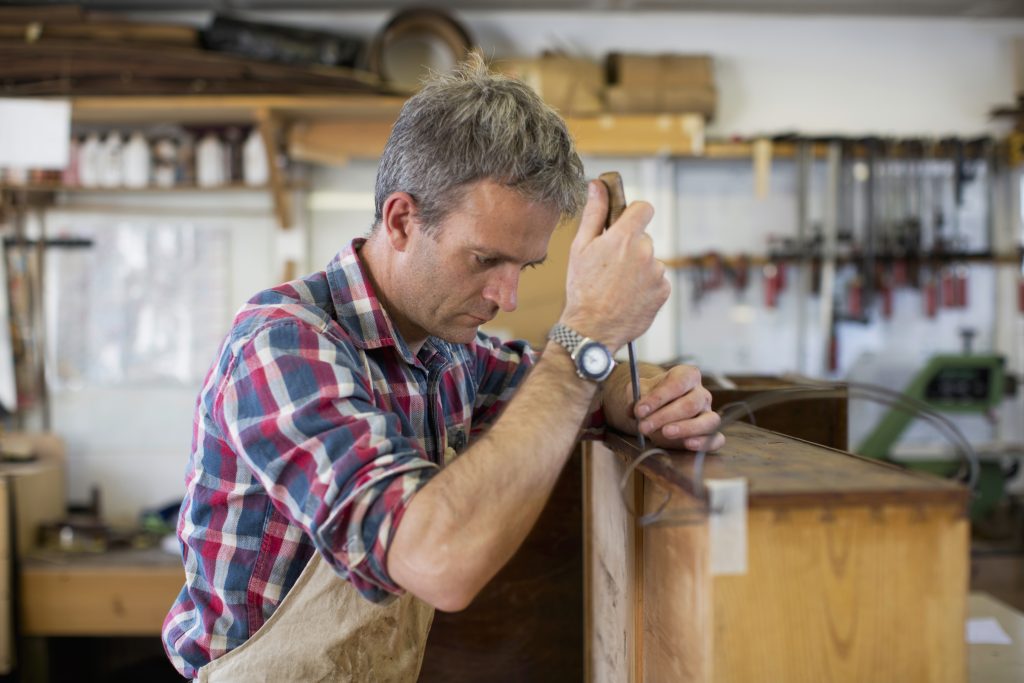
As previously noted, “fast” furniture is mass produced furniture that is made out of low quality materials and is typically sold for significantly less than its real wood counterpart. There are a multitude of cons involved with purchasing “fast” furniture. One con associated with this type of furniture is that it is cheaply made and will therefore not last as long as it should. Primarily this type of furniture is made out of plastic, particle board, or laminate. This is made to last for a short amount of time and will soon require replacement. This type of purchase will be adequate for the time being, but is never ideal.
Another con of “fast” furniture that may not be as obvious to the average consumer is the impact on the consumer and the environment overall. As noted the materials include those such as plastic and laminate. As stated this material does not last long and requires replacement in a fairly short amount of time. This means that the materials are unsustainable and are creating an enormous amount of waste. This in turn contributes to issues such as deforestation, pollution of the environment, and greenhouse gas emissions. A lesser known issue with this type of product is water loss. It is generally known that in order to create plastic needed for “fast” furniture, gallons and gallons of water must first be consumed in the process. This leads to an increased decline in our water supply.

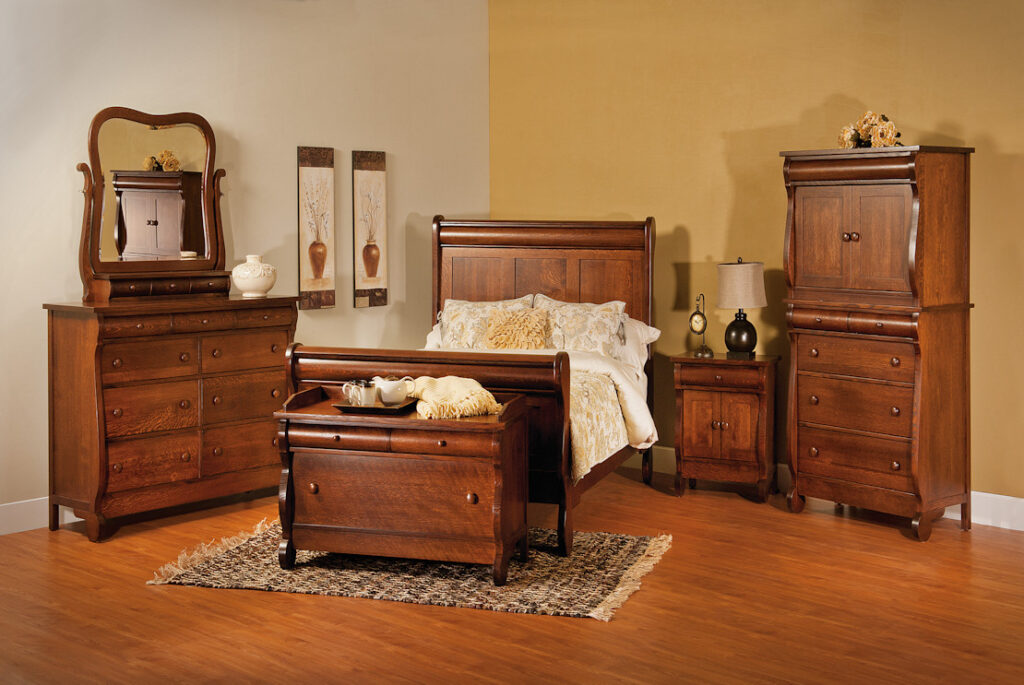
A third con of “fast” furniture is that it is usually a replica of another piece of furniture that requires a lot of time, creativity, and money to create. What typically occurs is that a designer of quality furniture creates a product that is widely desired. This product typically takes quite a bit of time to design, create, and market. Most often it is made with quality materials and is of high quality. With this popularity, comes “knock offs.” This is where “fast” furniture comes into play. Creators of the lower quality product “mimic” this design to some degree to further expand its market. This in turn leads to a lowered desire to create and market then more traditional, high quality furniture people desire.
A final con found in the purchase of “fast” furniture is in regards to the issue of human rights. Social recognition is quickly rising in regards to human rights issues associated with companies that make “fast” items; notably “fast” furniture. Specifically, there is a great deal of concern surrounding the treatment of the workers and individuals creating the furniture. The concerns range from work environment quality to wage issues to chemical exposure. Though this is certainly not an issue with all “fast” furniture companies, it is enough of a potential issue that one should proceed with caution before purchasing these types of items.
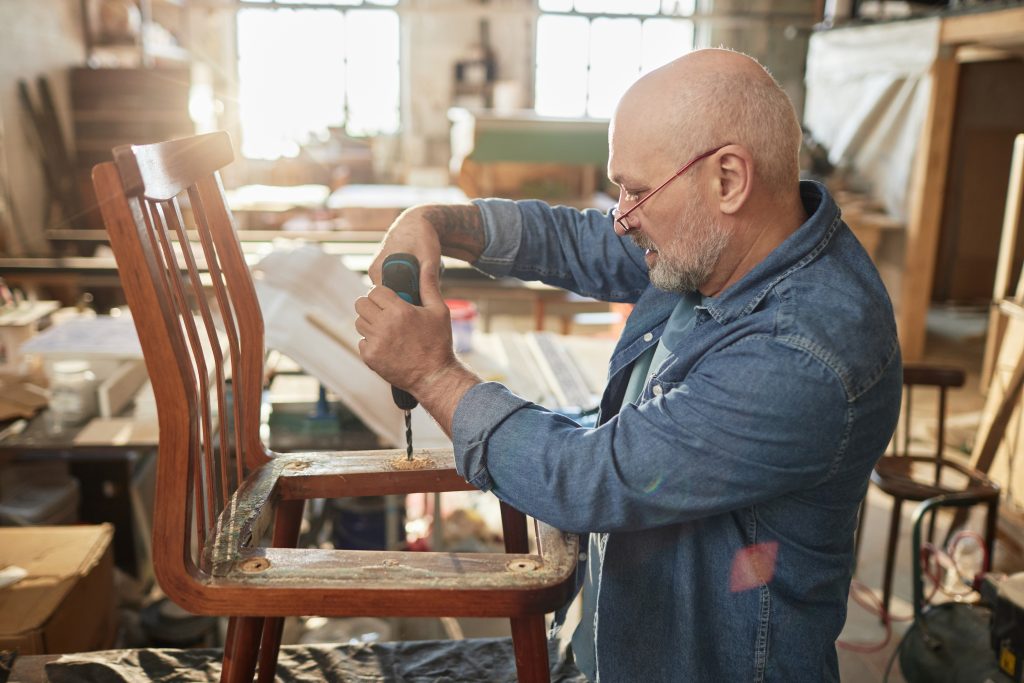

Though the enticement associated with “fast” furniture is certainly there, consumers should be weary of investing in such. Instead, taking the time to understand the market, the pros of more traditional, high-quality furniture, the cons of “fast” furniture, and the importance in the decision, will allow you to have a happier, more superior purchasing experience. Not only will you make an investment that is more environmentally friendly, but by purchasing higher quality furniture you will also be guaranteed a longer product life, an elevated degree of comfort, and an increased level of functionality. Additionally, you will be able to create a more aesthetically pleasing environment that will suit the needs and desires of the consumer. When considering all of the pros and cons, the decision easily weighs in the favor of paying for a more traditional, high-quality array of furniture.
